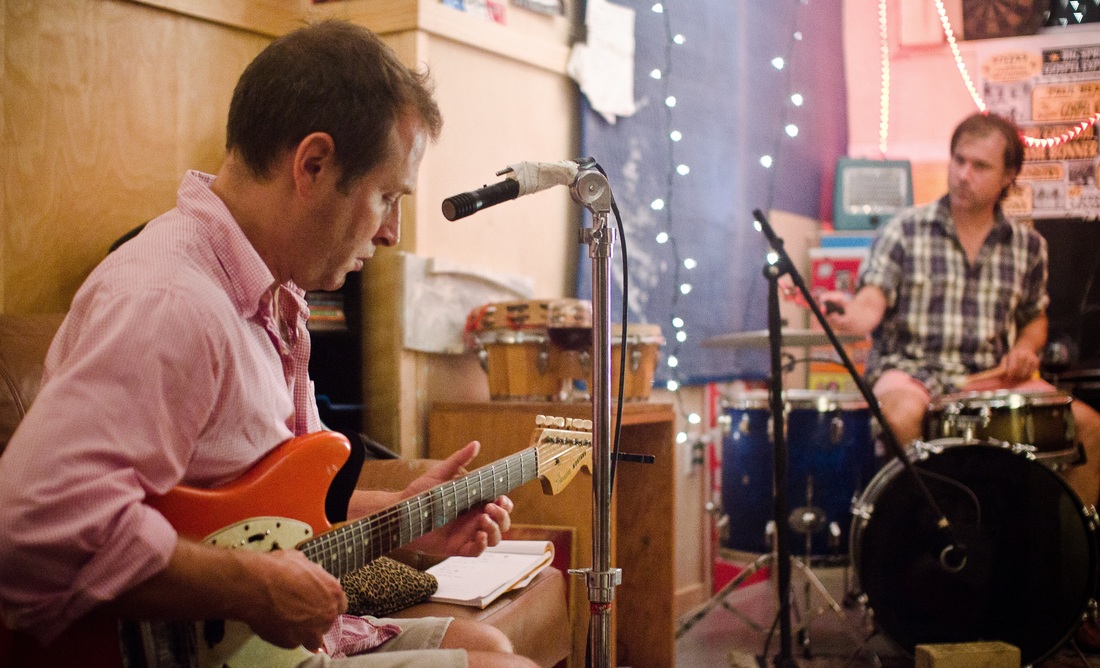Matt Porterfield films aren’t riveting Hollywood-style crowd pleasers.
They're actually the opposite; very muted and hard to interact with
initially, but stick strongly.
I blindly bought Porterfield’s Putty Hill because of Richard Brody's high praise. He wrote that Putty Hill “…digs deep beneath the surface of the quiet doings of everyday people…Throughout this wondrous movie, visual experience itself conveys the muted joy of living despite unfathomable reaches of pain.” After seeing the film, I completely agreed with Brody. I feel like I know that Baltimore town.
I blindly bought Porterfield’s Putty Hill because of Richard Brody's high praise. He wrote that Putty Hill “…digs deep beneath the surface of the quiet doings of everyday people…Throughout this wondrous movie, visual experience itself conveys the muted joy of living despite unfathomable reaches of pain.” After seeing the film, I completely agreed with Brody. I feel like I know that Baltimore town.
Two years later, Porterfield has followed up with I Used to Be Darker. Like with Putty Hill, I needed more time to process I Used to Be Darker. It’s a great example of a film that feelslived in. I’m comfortable with these characters, I feel like I could go to a coffee shop with them and catch up on what we’ve missed since we last spoke. Part of the reason for this is elements of the setting are familiar. I identify with going to an indie show, watching friends jam, playing football with friends. More importantly, because Porterfield’s camera is observational, watching everyone but not getting involved.
Reflecting on the film, Porterfield made the following statement:
At its core, I Used To Be Darker is a story about family: what pushes us away from our own, what draws us back, how we negotiate new terms of engagement as we carve our own space in the world. And it’s a story about home, based on the belief that you can too go home again, but it always involves building something new.
I
know I have a connection with Porterfield's world, but the feelings
are buried deeper than I can articulate at this point. I need weeks or
months to let them rise to the surface. A great example is the scene
depicted in the teaser trailer. Bill plays the guitar, filled with
melancholy, and then when he finishes the song, he smashes it. There’s
something entrancing about this. The melancholy of the home. Bill’s
despondency. The American flag. This moment illustrates Porterfield’s
skill, crafting an image that creates a visceral response guiding you
to a cultural reflection.
Something about Porterfield feels deeply American. It reminds me of the America seen in films like David Gordon Green’s George Washington. It feels true to me. An element of this is the use of music, as the film is intermittently filled with songs from either bands or individuals on their acoustic guitar. This idea of a person, alone, expressing themselves with an acoustic guitar evokes our individualism and the loneliness that often brings.
All the songs are engaging, and some are absolutely stunning. The scene that ends the film and plays over the credits, which I won’t spoil, is sublime. A woman and her guitar. It will stick with me for a long time. I’ll let you know when I figure out why.
Grade: A-



No comments:
Post a Comment